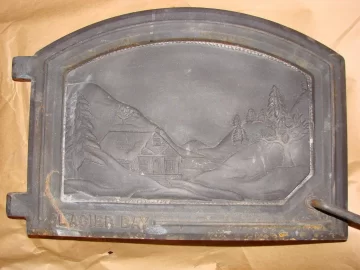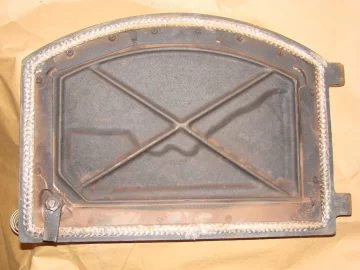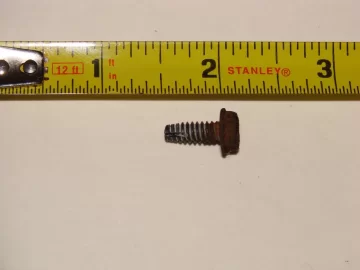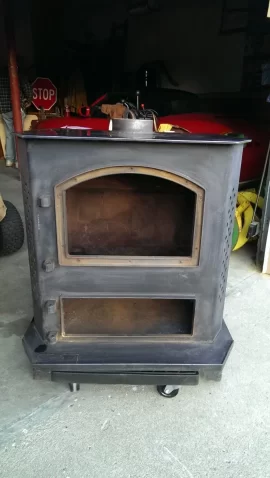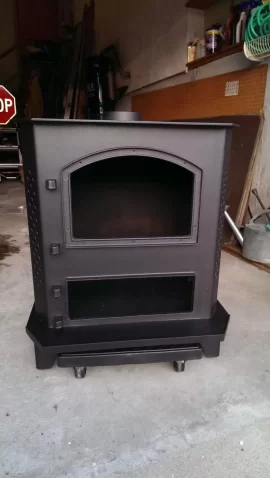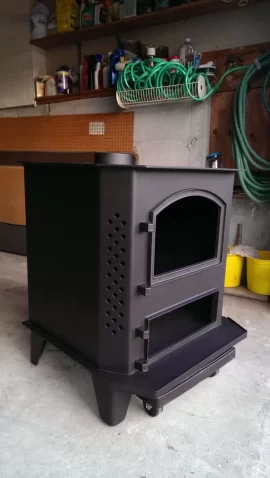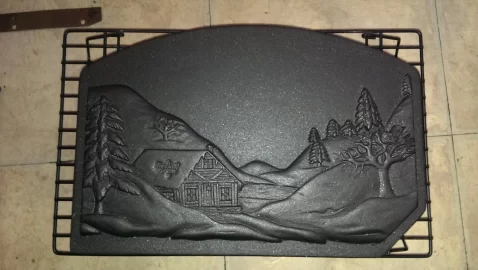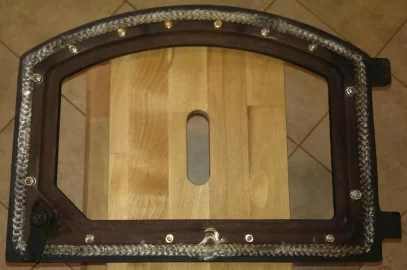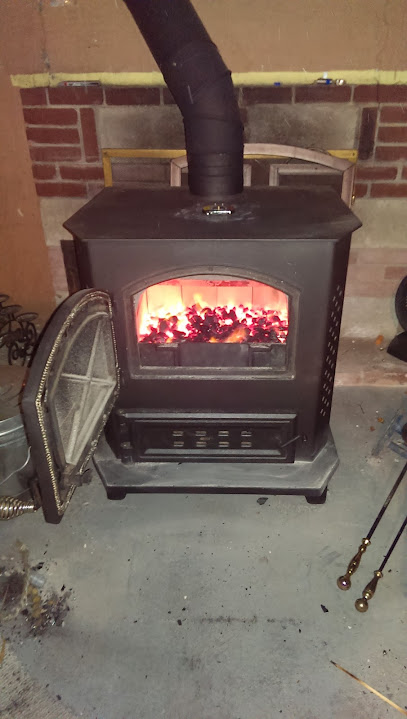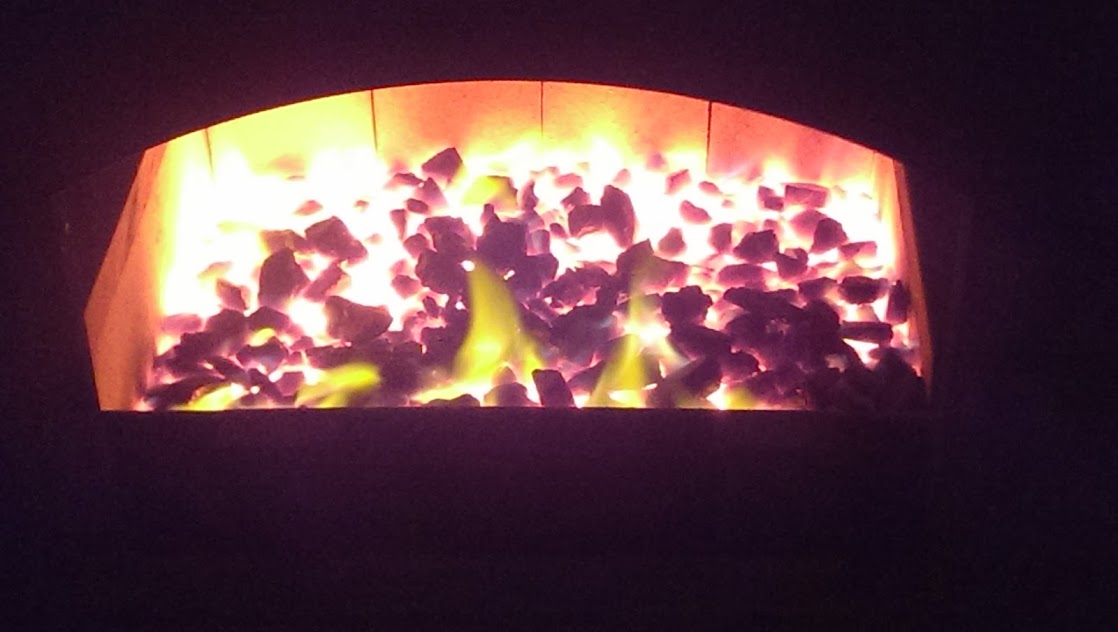I joined the forums a few days ago with a pellet stove question and decided I could post here too! I bought a used pellet stove insert for my main floor (3 bedroom ranch) and we were using that as the sole source of heat in the house. I noticed that the basement was staying very cold - about 45 F on a good day. This made for some ice cold hardwood and tile floors. When the furnace is running it keeps the basement 10-15 degrees warmer due to the forced hot air heating and the un-insulated duct work.
I decided I'd look for a way to keep it a little warmer down there and found a great deal on an older coal/wood stove. By great deal I mean it cost me $0.00. (can't beat that!) It's a 1981 model that I got it from the original owner who had been using it in her home up until this season. It seems like a solid stove - bigger than I expected. She gave me all the owner's manuals that go with it. The only thing it's lacking is the blower which she stated broke about 10 years ago but they never bothered replacing because it kept the house warm enough without it. Here are some poor quality photos taken with a phone's camera in a poorly lit garage. For some reason it makes the stove look much dirtier than it really is. I'll post up some better photos when I get them.
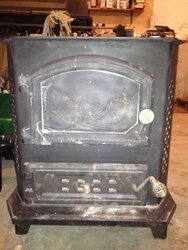
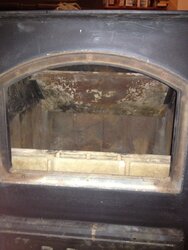
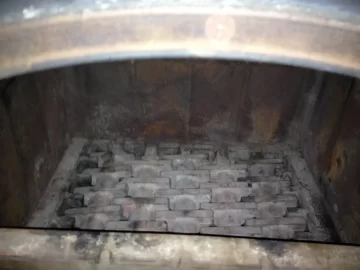
The stove itself is about 28 W x 26 D x 32 H. It came with everything necessary for coal operation as well and she stated this is what they used it for primarily. A couple of the firebrick, not installed in the photos, are broken but that's a small expense.
I'm going to do my best to clean it, maybe a fresh coat of paint, and hopefully get it installed this season.
Now the big question - does anybody have any experience with these stoves? A search of the forums, and the internet in general, yield nearly 0 results. Is this a fairly rare stove? Even a search for the Gibralter (who I guess bought out Glacier Bay) doesn't come up with very much.
I decided I'd look for a way to keep it a little warmer down there and found a great deal on an older coal/wood stove. By great deal I mean it cost me $0.00. (can't beat that!) It's a 1981 model that I got it from the original owner who had been using it in her home up until this season. It seems like a solid stove - bigger than I expected. She gave me all the owner's manuals that go with it. The only thing it's lacking is the blower which she stated broke about 10 years ago but they never bothered replacing because it kept the house warm enough without it. Here are some poor quality photos taken with a phone's camera in a poorly lit garage. For some reason it makes the stove look much dirtier than it really is. I'll post up some better photos when I get them.



The stove itself is about 28 W x 26 D x 32 H. It came with everything necessary for coal operation as well and she stated this is what they used it for primarily. A couple of the firebrick, not installed in the photos, are broken but that's a small expense.
I'm going to do my best to clean it, maybe a fresh coat of paint, and hopefully get it installed this season.
Now the big question - does anybody have any experience with these stoves? A search of the forums, and the internet in general, yield nearly 0 results. Is this a fairly rare stove? Even a search for the Gibralter (who I guess bought out Glacier Bay) doesn't come up with very much.


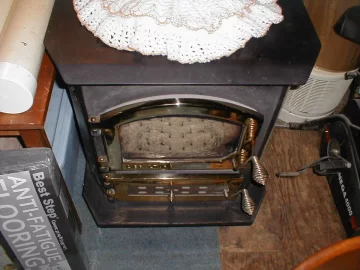
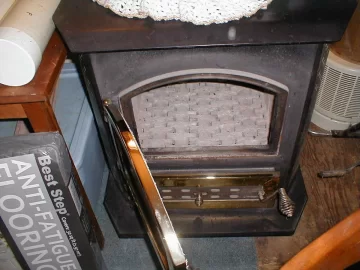
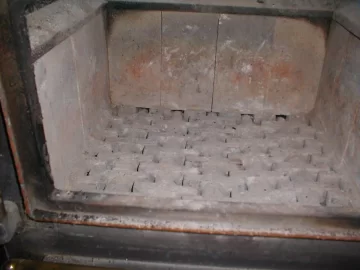
 I'll see if I can take a trip to harbor freight tomorrow to pick up an extractor set for the screws.
I'll see if I can take a trip to harbor freight tomorrow to pick up an extractor set for the screws.